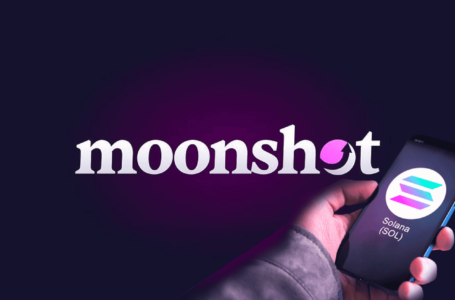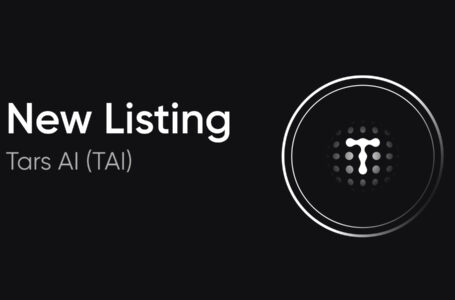
Futures have been around for a long time, but crypto futures are fairly new. Many exchanges want to offer them because of the nearly 6000 tradeable cryptocurrencies and trading’s lasting power.
Briefly describe what is happening in this passage: There has recently been an increase in interest from traders looking to invest their money into cryptocurrency by way of bitcoin-backed derivatives called ‘crypto futures’. Essentially, it allows people access without actually owning any bitcoins themselves. It is a great investment opportunity at first glance.
Crypto Futures
Crypto futures allow traders to speculate on the future value of digital currencies without actually owning any cryptocurrency. It’s similar in concept to a stock index or commodity like oil and wheat, where an investor can take risks by betting on how much they’ll be worth when it expires. There are contracts for specific cryptocurrencies such as Bitcoin or Ethereum that derive their values from these underlying assets. When a crypto futures contract expires, investors should use cash instead of actual coins after trading is completed so there won’t be anything physical left over at all.
With cryptocurrency futures, traders can hedge against adverse price changes and extreme volatility. The high-volatility of digital currencies allows traders to purchase assets when they are low and sell them at a higher value as well-all in one transaction. Crypto futures trading is available on platforms like Binance Futures that trade 24 hours a day, seven days week.
How Does Crypto Futures Work?
Crypto futures trading is an interesting way to make money in this volatile market. You can bet on the price changes without having to actually buy any cryptocurrency, which leaves you with more freedom than other traders who need a lot of capital up front or have expensive fees associated with every trade they place.
Let’s consider a simplified example. Say John and Sarah entered into Bitcoin futures positions at $40,000 each. In this scenario, John has the long position while Sarah took on an opposing trade–with her being in what’s called “the short side.” Upon expiration of the contract, it was determined that Bitcoins had risen to around $45k for one unit of currency- with those who are holding winning contracts getting their stakes returned as profits. Since we’re considering two people entering these transactions simultaneously: The person who is considered having been ‘long’ will have received $5k from exchanges (as they were betting on rising prices), whereas someone else taking up a ‘short’ position might owe exchange losses instead if things.
Basic Concepts
The potential for astronomical returns in the crypto futures market is just one of many reasons traders should familiarize themselves with essential concepts. Being aware of these concepts will draw you closer to becoming a professional trader, and understanding how they affect each trade can help make some tough decisions easier on yourself when it comes time to place your trades.
- Leverage
The lure of leverage attracts traders to the futures market. Leverage can be an extremely capital-efficient way for a trader with little money but big dreams, or even just a hope that Bitcoin prices will continue going up and they don’t want their BTC profits to go away when the numbers get too large in fiat currency terms. For example, on current spot markets you’d need $35k USD ($36K CAD) worth of cash at once (depending on what platform it’s traded through), whereas if using 1:100 margin trading via Bitfinex your only requirement would be roughly ~$3200 (~CAD 4500). Assume you only have USDT 5,000 in your spot wallet. In this instance, you could only afford USDT 5,000 in Bitcoin.
- Margin Requirements
A margin account is like a bank where you can deposit cash and trade with it. It’s sort of like when the broker loans money to an investor who needs more than their initial investment for trading, but they’ll get some interest on that loan from time to time. A futures trader cannot just waltz into a brokerage firm and start buying contracts without having enough collateral or “margin” in his/her account first because if he were wrong about what direction prices would go then he could be exposed–even bankrupted! Remember: Initial Margin = Deposit amount (percentage) + Maintenance Margins. Maintaining adequate margins will help avoid liquidations due to low capitalization.
- Funding Rates
Crypto perpetual contracts have a different structure than traditional futures. They are not settled like these and require the funding rate mechanism to ensure that prices match up on both markets regularly. Funding rates can be costly for traders in an overheated bull market, making it difficult or expensive to hold long positions as you would if this were regular trading of cryptos- but only when there’s a surge in the price difference between spot and future trade values does this occur (and even they’re still worth holding).
Conclusion
Futures trading is a great way to speculate on the future price of an asset. The futures market has grown since it was first introduced and now offers many different types of contracts in various markets, such as equity shares, oil or gold prices. It’s important that you know what you’re doing before playing with fire – there are risks involved which can lead to outsized losses if not managed properly by those who have taken the time for research into both their advantages and disadvantages.



















